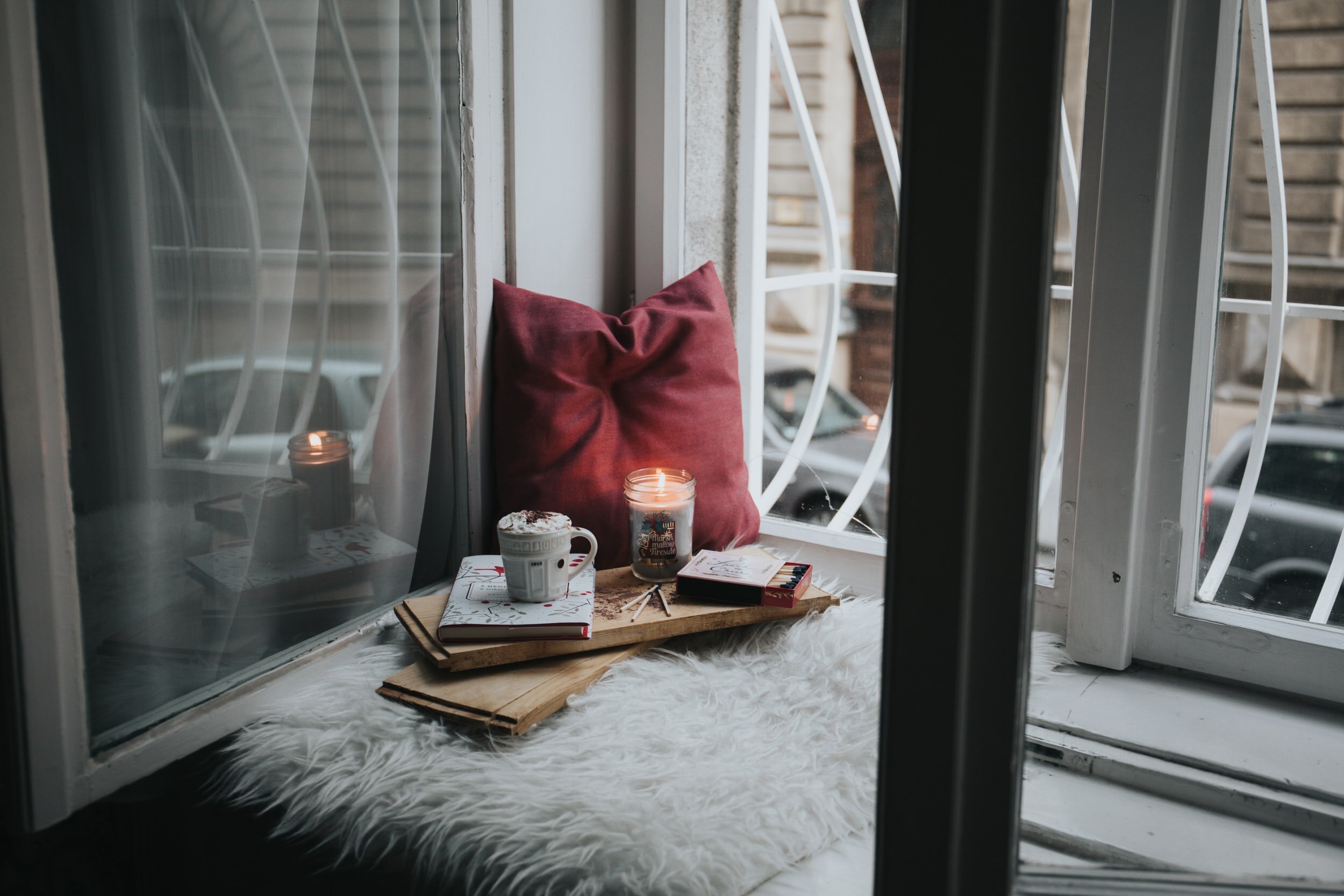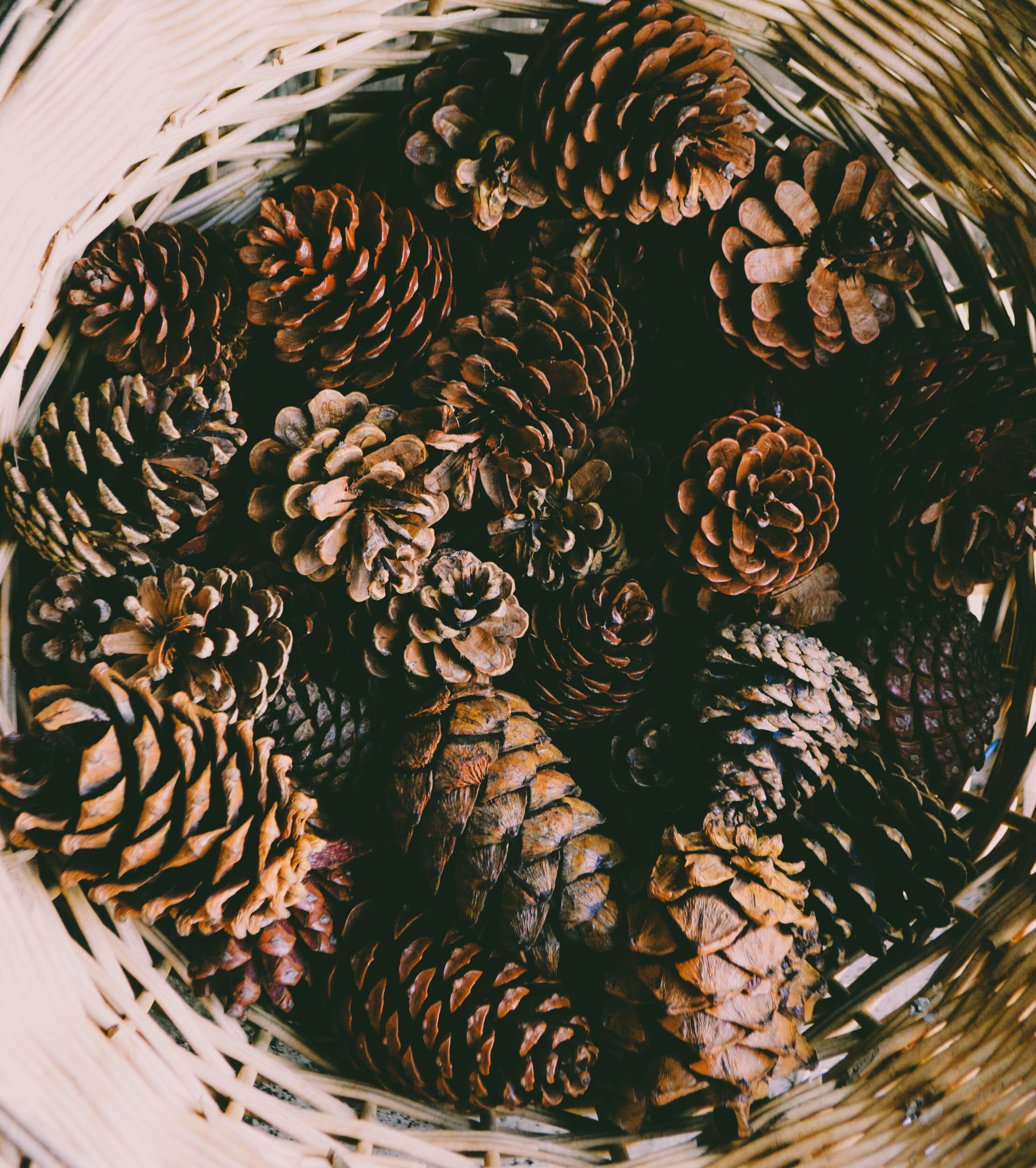For all the greatness that candles bring to a home there are a few downsides with usage, combinations and scent strengths.
Let’s explore these three starting with usage. Candles have an estimated number of hours indicated on the label that it will take to fully burn. To get the most out of your candle, allow for the top layer to fully liquify before distinguishing with a proper snuffer. Blowing out a candle takes away from the fragrance that will linger after it’s no longer lit and replace it with the “birthday” scent.
Flavor combinations and scent strength kind of overlap a bit. For the love of all things good and evil, if you prefer strongly scented candles with florals or fruit flavors, please use one scent at a time. As a migraine recipient, I beg of everyone to refrain from over scenting their homes especially when entertaining guests. Always keep scented candles away from he kitchen when cooking and eating. This interferes with the natural cooking flavors and muddies the olfactory senses of everyone with a nose and tastebuds. Candle scents, as delicious as they may be, they are artificial compared to the actual aromas created while cooking with spices and herbs. Your in-the-moment cooking flavors can never be perfectly replicated in a candle so allow them to take centerstage. In the event that you’re cooking for your family or for a large gathering, keep the scented candles in a room far from the kitchen and in the bathroom(s). It’s okay to burn scented candles in the kitchen during the day when you’re not cooking. For ambiance, use unscented candles in the kitchen and dining area. Plain vanilla scented candles create a soft combination to strong holiday flavors like apple, pumpkin, pine and cinnamon. Choosing just one of the strong flavors with a soft vanilla candle will balance rather than overwhelm the senses. IKEA has a great neutral vanilla candle that is a great backdrop to a stronger scented candle.











